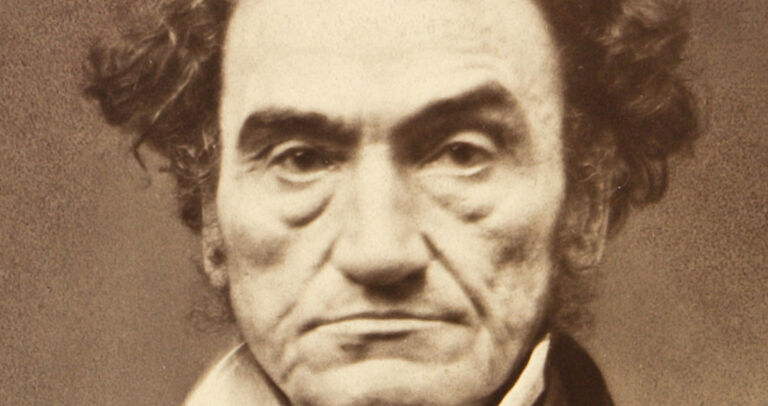Teacher Was Found Guilty Of Gruesome Crime In 1850, But There Was One Major Catch

With white-gloved hands cupping their mouths, Boston's elite nervously whispered about what possibly could have happened to George Parkman. It was a scandal like no other. Given the rarefied air of Harvard University, nobody foresaw the school turning into a crime scene. But following a high-profile disappearance, police suspected that the culprit came from high society. To prove their theory, they'd have to use a strategy that had never been tried before.
Missing for days
On November 24th, 1849, the Parkman family made a desperate plea to Boston authorities. They hadn't seen their beloved George for two days. It wasn't like him to just up and vanish; in fact, he was a man who loved his routine.
Instantly recognizable
Granted, it wasn't a routine that made Parkman especially popular around Boston. The already wealthy man built up his estate as a professional moneylender, and he made quite the impression as he collected his debts around town. George walked everywhere, making him rail thin, plus he wore a towering top hat. No matter where he went, someone was bound to recognize him.
Pay up
Because of his business, Parkman's associates weren't happy to see him turn up on their doorstep. He made a point of collecting his payments on time. George was worth a whopping half a million dollars, so it's not like he needed the money; but as a rather cold man and a spendthrift, he always settled his accounts. Police couldn't help but wonder: could that diligence have earned him a dangerous enemy?
Retracing his footsteps
The authorities tracked Parkman's movements in the days leading up to his disappearance. One of the final clients he visited was John Webster, a professor at Harvard Medical School. A well-known figure around campus, he gained a reputation for some unusual scientific pursuits.
